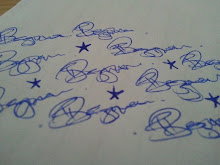Love Actually had an estimates budget of £30 million and it grossed $247, 472, and 278 (worldwide)
LOVE ACTUALLY (Richard Curtis, 2003) from Fabien Gaffez on Vimeo.
Camera Angles
The opening scene of Love actually uses a hand held camera using medium to close up shots. The opening scene is almost like a montage of memories. The closes up shots show the expressions on the characters faces. The movement and smiles in slow motion conveys lasting happiness.
The camera zooms out to higher angle shots; this lets the audience see everything that’s going on, at once.
Mise en scene
Love Actually is a film that revolves around eight different couples’ lives, set in different places.
The scene opens with people hugging at the airport, some smiling and others upset.
Another scene is set in a recording studio where a group of people recording a song.
The audience are shown the comedy aspect to the film in the church scene when a
Love actually is based in central
Sound & editing
The sound in Love Actually is mostly instrumental; the ambient music sets the scene. Apart from the theme tune, festive music is played throughout.
Alongside the non diegetic music, diegetic sounds of dialogue can be heard in the background.
The titles of Love Actually fade in on screen in red and white colours, these colours represent love and so they have connection to the film. The camera also fades from scene to scene as the titles appear on screen.







